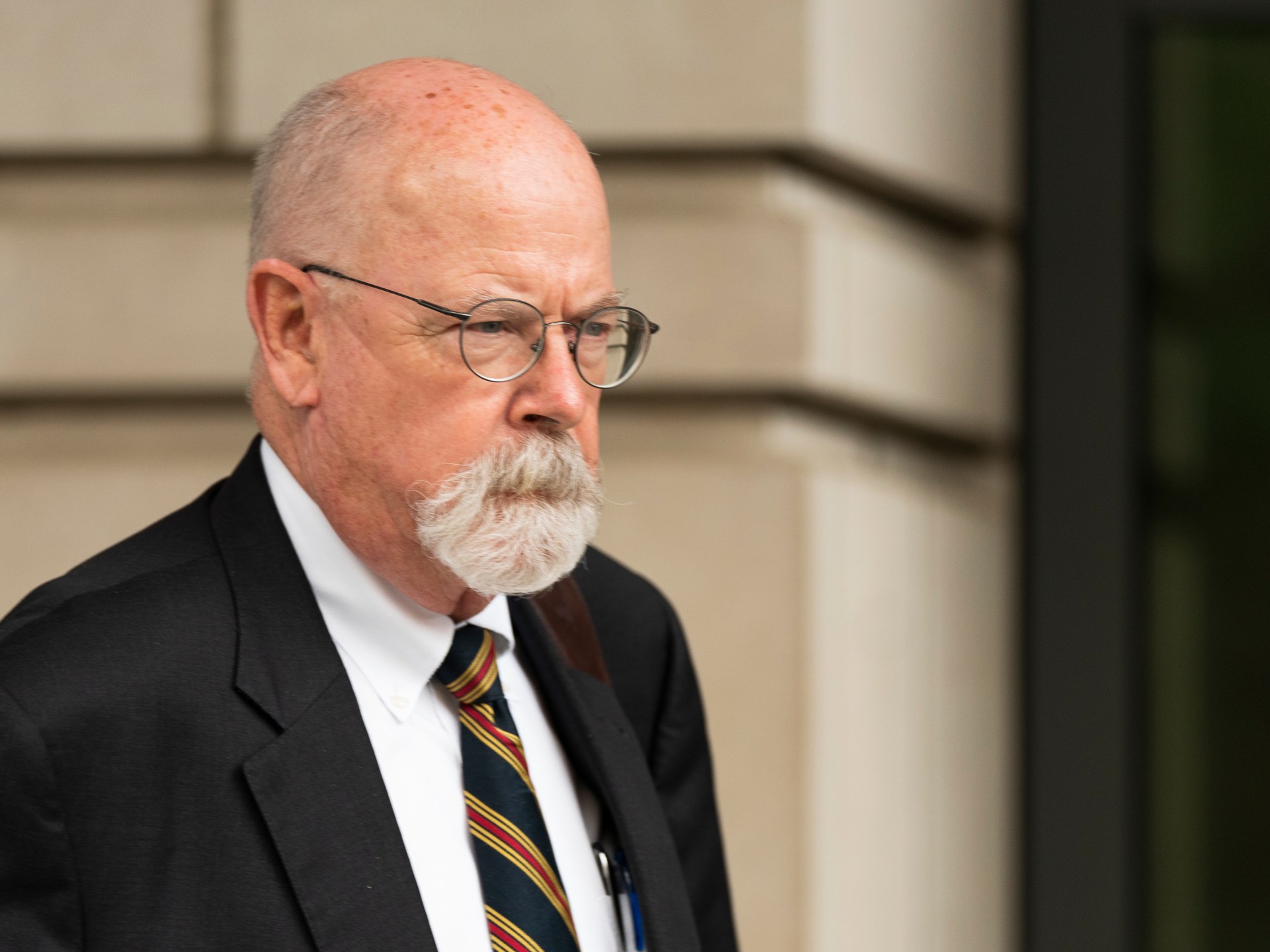Concerns Indigenous long-term care shortage may revictimize the residential school generation as elders
When today’s First Nations elders were young, many were forced to leave their home communities to stay in residential schools — and now that forced exit is happening again.
With few long-term beds available on some reserves, elders with significant health-care needs must leave and spend their last years back in an outside institution.
For Kory Duck Chief’s aunt, that means Strathmore, Alta., 40 kilometres away from her home in Siksika.
WATCH | Why Siksika Nation is struggling to keep elders in care in the community in the video above
“She’s quite lonely, she’s not able to speak to anybody in her own language, which she grew up with and still speaks quite fluently,” said Duck Chief.
“That’s just like taking you out of Calgary, even though you’ve lived your entire life there,” she said. “You truly see how much hurt the families go through, how much frustration they go through, simply because they’re stressing out.”

Duck Chief manages a small elders lodge on reserve. But because provincial funding is targeted to larger facilities in urban centres, the Siksika facility is too small and has too few staff to accommodate community members with complex health needs.
This is a common problem facing many Indigenous elders and communities, and it means many of the elders first sent away as children to residential school now face the same painful separation and institutional living in their final years.
In May, Alberta’s continuing care review flagged the issue and said there’s also a lack of culturally appropriate care in off-reserve care homes where these elders end up.
There are only 147 supportive spaces for elders on-reserve today. And with the number of elders needing care expected to double by 2030, the review said 1,088 new spaces will be needed.
It said that could be achieved with a new model of small-scale facilities.
A view of the fields
In Siksika, the 12-bed elders lodge is on the edge of the townsite, with windows overlooking a cow pasture.
It sports linoleum flooring with a 1980s vibe, and the narrow hallways are dented by the manoeuvring of countless wheelchairs, but staff banter with the residents in a cheerful, welcoming manner.
It’s quiet on a recent Friday. A few residents eat lunch in their wheelchairs in the cafeteria; others are out in the community with family. Several bedrooms are empty, simply because the facility doesn’t have the staff to accommodate elders with certain stages of dementia or other complex diagnoses.
A business proposal the First Nation submitted to Alberta Health includes building upgrades, funding for regulated staff to help high-needs residents and more staff to reach a standard nurse-to-resident ratio.

Coun. Samuel Crowfoot said he hopes the government steps up, but he’s cynical.
“We’re fine to lower flags at half mast for an indefinite amount of time all across the country,” he said. “We wear orange T-shirts, we’re fine to create statutory holidays, but when it comes to reconciliation.… The reconciliation that has the ability to help change people’s lives, their trajectory and also help atone for historical injustices is not there.”
Funding for small-scale facilities
In May, the provincial report from the consultant MNP landed just as the third wave of COVID-19 eased. Most public attention went to immediate changes promised for long-term care, including the elimination of shared rooms.
But the review also took an in-depth look at the challenges facing Indigenous communities. It cited a House of Commons standing committee on Indigenous and northern affairs and blamed the lack of services on the federal and provincial government’s failure to define who is responsible.
It also said there are few facilities even close to reserves, and the ones where elders end up often lack cultural support. The inability to do ceremonies such as smudging, or to eat traditional food, is common. Plus, many staff don’t have the training to understand why re-entering an institutional setting might be traumatic.
The plan to build and staff small-scale facilities on reserve would cost $524 million, plus $46 million annually to operate them. It was part of the proposal to increase staffing in facilities across the province, with funding off-set by a shift toward more home-based services.

Alberta Health originally promised next steps by Oct. 31. This fall, health spokeswoman Carolyn Gregson told CBC News that date had to be pushed back because of the pandemic.
“Changes will be introduced in the spring session rather than the current session as we had planned. More details will be shared in the new year,” she said in an emailed statement.
Back in Siksika, Duck Chief walked through the hallways, chatting easily with residents.
“There’s a reporter here. That means you have to comb your hair,” she says with an easy smile.
“I’m kidding.”

It was her grandmother who started the push for an elders lodge, her mother helped make it happen. She says that’s why she has a responsibility to keep pushing, keep trying to build what the elders need to keep them home.
“They still have prayers that have been passed on to them and certain ways of practice that have been passed on to them from years back,” Duck Chief said. “That’s connecting them back to their own ancestors. Keeping that connection, that’s going to continue to strengthen them.
“They don’t want to be shipped off reserve. I mean, they already went through that experience with residential schools, and they’re doing that again.”




